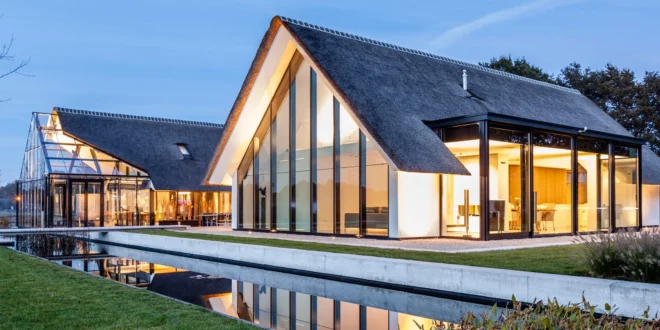Did you know that the global roofing market size is expected to reach $151.2 billion by 2027?
This growth is driven by the increasing demand for modern and sustainable roof designs.
Roof design is a perennial component of architectural innovation.
It is not just a protective cover but a key surface that shapes our built environment. Embracing modern roof design is both an art and a statement of our responsibility to the planet.
As this year unfolds, we see several trends that redefine the relationship between our abodes and the sky. This article takes you through the top trends in modern roof design for 2024. Read on to find out what’s in store for your roof in the coming years.
Sustainable Roofing Materials
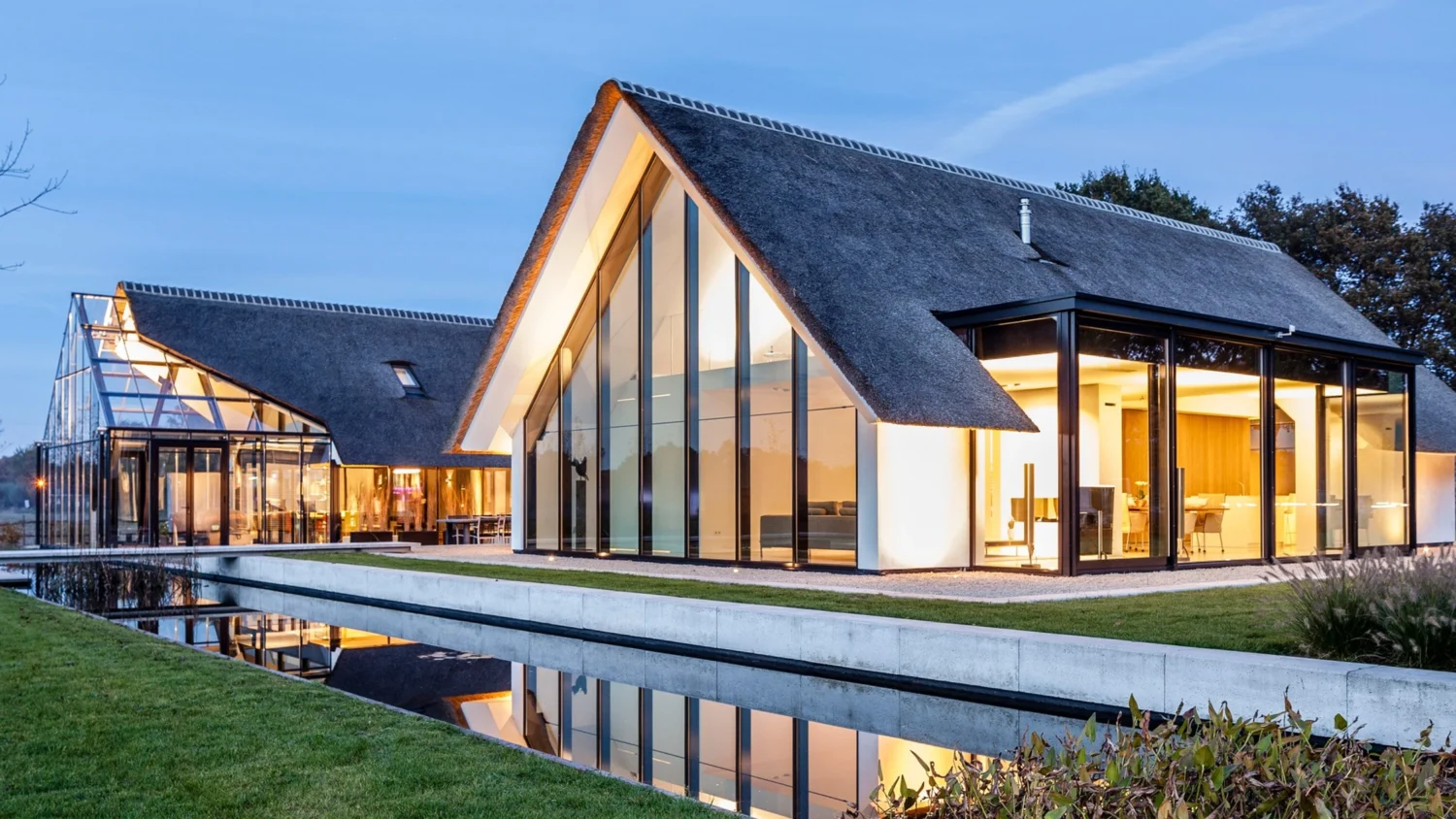
Sustainability has become a top priority in roof design. With the increasing awareness of environmental impact, homeowners and architects are turning to sustainable roofing materials. These include options such as solar shingles, green roofs, and recycled metal roofing.
These materials reduce the carbon footprint of a building. They also have long lifespans, reducing maintenance and replacement costs. Here are some sustainable roofing materials to consider for your roof design:
Green Roofs
Green roofs offer a natural habitat for local fauna and flora. Their insulating properties improve a building’s energy efficiency. They also reduce urban “heat island” effects.
These roofs are suitable for both residential and commercial buildings. The plants and soil on a green roof absorb rainwater. This reduces the strain on drainage systems.
The plants also absorb pollutants, improving air quality in urban areas. This can help reduce the risk of respiratory illnesses.
Solar Shingles
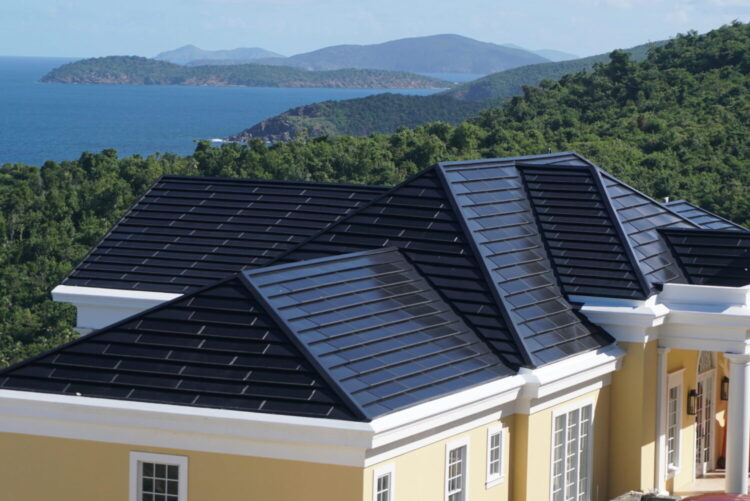
Solar shingles are an innovative roofing material that combines both form and function. They convert sunlight into electricity, powering your home or building.
They have a sleek design and blend in seamlessly with traditional roofing materials. Solar shingles are also durable and require minimal maintenance. This makes them a popular choice for homeowners who want to go solar without compromising on aesthetics.
If you live in Illinois, check out the green energy services in Chicago. They offer a variety of solar roofing options for your home or business.
Recycled Metal Roofing
Recycled metal roofing is gaining popularity as a sustainable and durable option for modern roof design. It is made from recycled materials such as aluminum, copper, or steel. This reduces the need for new resources and decreases landfill waste.
Metal roofs are also highly reflective, reducing heat absorption and energy costs. They can last up to 50 years, making them a long-term investment for your roof.
Innovative Roof Shapes and Structures
Innovative roof forms push beyond the classic gable or hipped roof to incorporate more daring geometries. These structures not only offer visual interest but also serve functional purposes. Here are some modern roof shapes to consider for your next project:
Curved Roof
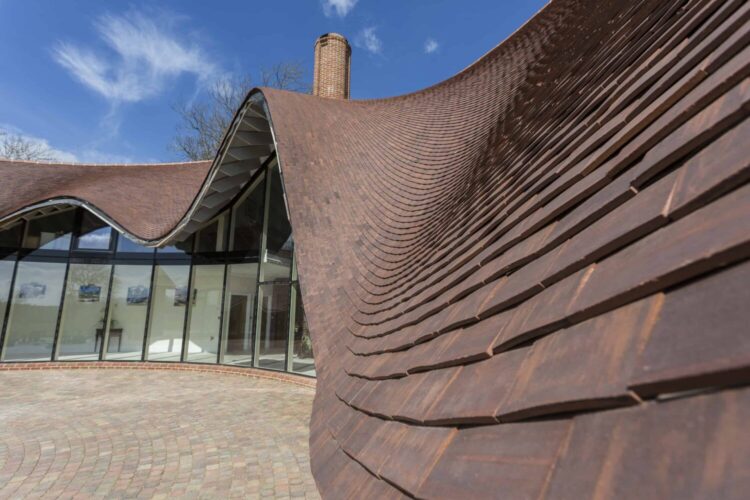
Curved roofs are becoming popular in contemporary architecture. They offer a unique look and can adapt to different designs, from futuristic to traditional styles.
The curvature also provides structural strength. This allows for larger open spaces below without the need for internal support. Curved roofs are also great for water runoff, reducing the risk of leaks and ponding.
Butterfly Roof
The butterfly roof is an inverted V-shaped structure that slopes down on both sides. It offers a modern, striking visual appeal that maximizes natural light and ventilation.
This roof shape also creates an ideal surface for solar panels on the south-facing slope. The unique design also allows for rainwater collection. This reduces the strain on drainage systems.
Sawtooth Roof
The sawtooth roof is an industrial-inspired design that features a series of ridges with vertical windows in between. It offers a large amount of natural light and can be used to create multi-level spaces within a building.
In addition to its aesthetic appeal, the sawtooth roof also allows for natural ventilation and solar panel installation. It is a popular choice for commercial buildings and warehouses.
Asymmetrical Designs
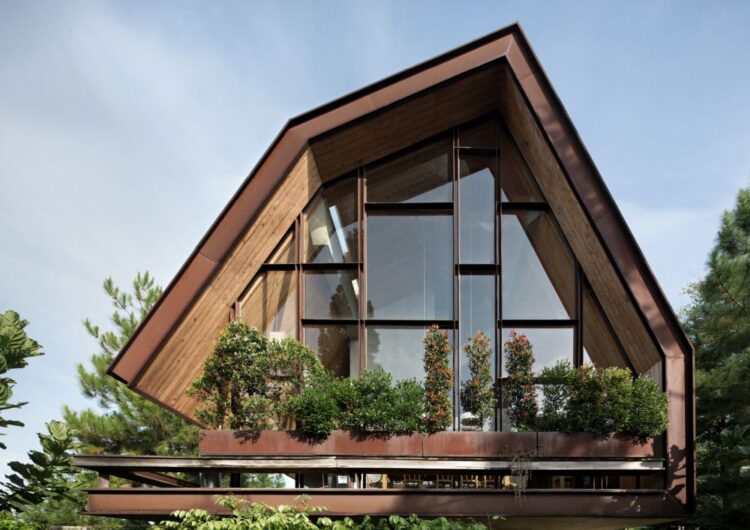
Roof designs with asymmetrical profiles challenge the traditional notions of balance and symmetry in architecture. They can help direct rainwater to specific areas for collection and drainage.
They’re used to create different zones within a building. This can add visual interest and functionality to a space. Asymmetrical roof designs are also popular in contemporary residential architecture.
Diamond-Shaped Roof
The diamond-shaped roof is a bold design that breaks away from conventional roofing styles. It offers a distinctive aesthetic that can give buildings a dynamic and sculptural form.
The design can also provide practical benefits. This includes enhanced durability and improved aerodynamics. This can reduce wind load on the structure.
Smart Roofing Solutions
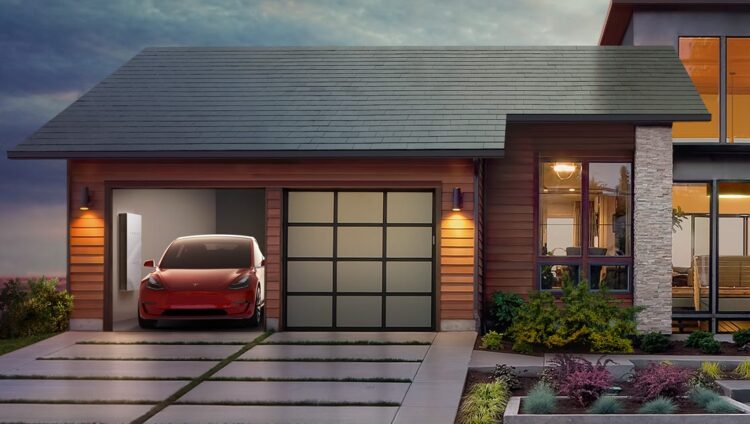
Intelligent roofing is here, thanks to the integration of technology. This makes roofs more than passive components of a structure. Smart solutions for roofs include features like rainwater harvesting systems, self-adjusting solar panels, and insulation that adapts to environmental conditions.
Integrated Solar Panels
Incorporating solar panels into the design of a roof has become easier and more streamlined. Solar technology advances allow for the integration of solar cells directly into roofing materials.
This reduces installation costs and provides a seamless appearance. The panels can also be adjusted to follow the sun’s movement for maximum efficiency.
Rainwater Harvesting Systems
Rainwater harvesting systems collect and store rainwater for later use. This reduces water consumption and the strain on local water sources.
The systems can be integrated into a building’s roof design. This can also serve as a green roof or solar panel platform.
Self-Adjusting Insulation
Intelligent insulation can adjust to external temperatures and weather conditions. This reduces energy consumption for heating and cooling. This is achieved through the use of phase change materials that store and release heat as needed.
This technology can also help regulate humidity levels in a building. It has potential applications in both residential and commercial roofing.
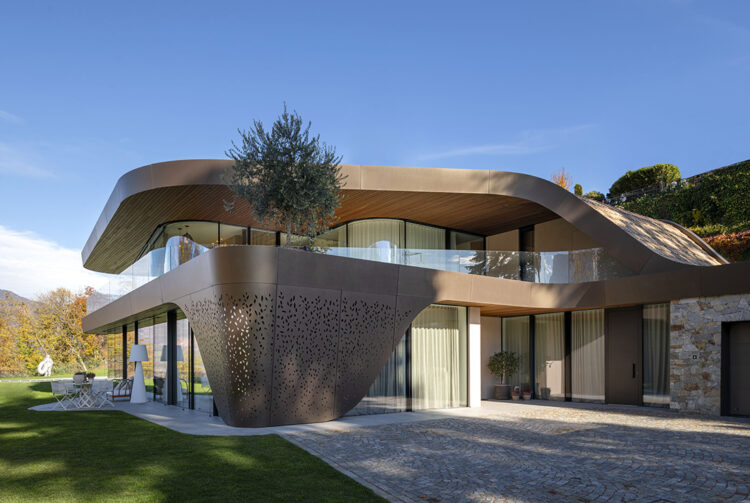
Staying Ahead of the Curve with Modern Roof Design
The future of roof design is bright, sustainable, and technologically advanced. From innovative materials to daring shapes, roofs are becoming more than just a protective cover. They are a statement of our commitment to the environment and our desire for functional spaces.
So when it’s time for your next roof renovation or construction project, consider these top trends in modern roof design for 2024. Embrace sustainability, embrace innovation, and create a statement with your roof!
Do you love reading informative content like this? Keep browsing through our blog to find more interesting content!
 Hi Boox Popular Magazine 2024
Hi Boox Popular Magazine 2024
